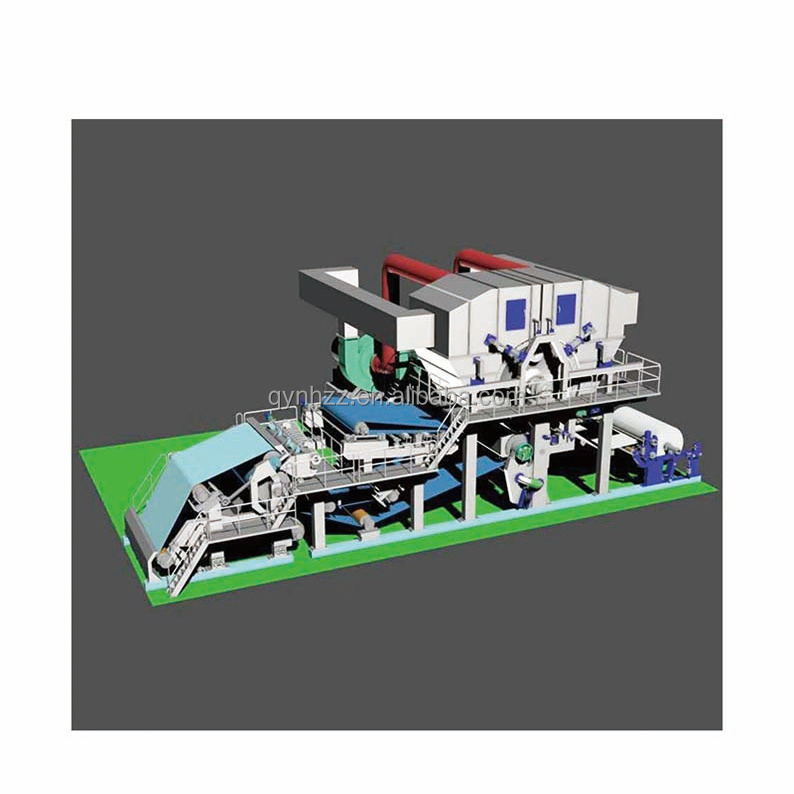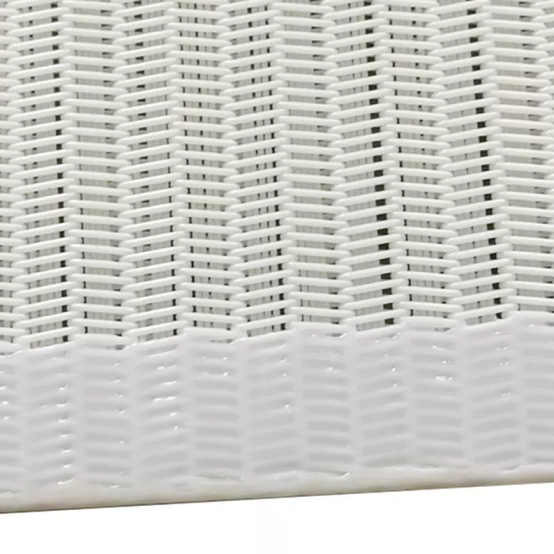Understanding the Role of Paper Machine Formers in the Papermaking Process
Release time:
2025-05-02
In the field of papermaking, the paper machine former plays a crucial role in shaping the paper sheet during the early stages of production. This component is essential for converting a slurry of cellulose fibers into a continuous paper sheet, which is a fundamental operation in the manufacturing process. The paper machine former operates by evenly distributing the pulp mixture onto a moving wire
The paper machine former operates by evenly distributing the pulp mixture onto a moving wire mesh belt. As the pulp passes through, water is drained away, allowing the fibers to intertwine and form a cohesive sheet. There are various types of formers used in the papermaking process, including Fourdrinier and Crescent formers, each with its own unique design and operational advantages.
One of the primary functions of the paper machine former is to ensure the evenness of the paper sheet. The distribution of pulp fibers affects not only the thickness but also the strength and quality of the final product. An efficient former can lead to a more uniform sheet, which is critical for achieving the desired characteristics in the final paper. For example, uneven thickness may result in issues during printing or converting processes, which can compromise the overall performance and appearance of the paper.
Additionally, the paper machine former plays a vital role in the dewatering process. The ability to remove water efficiently from the pulp is crucial for maintaining the speed of production and reducing energy consumption. A well-designed former optimizes the drainage of water while retaining the necessary fiber structure, which ultimately contributes to better paper quality.
The materials used in the construction of paper machine formers are also critical. They must withstand the harsh conditions of the papermaking process, including high pressure, temperature variations, and chemical exposure. As a result, manufacturers often utilize durable materials that can resist wear and ensure longevity, thereby minimizing maintenance costs and downtime.
Furthermore, modern advancements in technology have led to the development of more sophisticated paper machine formers that incorporate automation and monitoring systems. These innovations enhance the ability to control various parameters during production, such as speed and consistency, which can significantly improve the overall efficiency of the papermaking process.
In conclusion, the paper machine former is a vital piece of equipment in the papermaking industry, contributing to both the quality of the final product and the efficiency of production. By understanding its functions and importance, manufacturers can make informed decisions about equipment selection and operations, leading to improved outcomes in their papermaking endeavors. As the industry continues to evolve, the role of the paper machine former will undoubtedly remain pivotal in shaping the future of paper production.
Qinyang NH Paper Machinery Industrial Group Co., Ltd.
WhatsApp/WeChat:Cathy Wang 0086-15721522521
WhatsApp/WeChat:Ailsa Zhao 0086-18300605679
ADD: Jianshe Road(South),Qinyang City Henan Province,China

Cathy Wang

Alisa Zhao

TikTok
Copyright©Qinyang City Nianhai Net Industry Co., Ltd.
SAF Coolest v1.3.1.1 设置面板 AIVSX-ZBBO-FQSEE-ZAS
无数据提示
Sorry, the current column has no content for the time being.!
You can view other columns or returnHome Page




